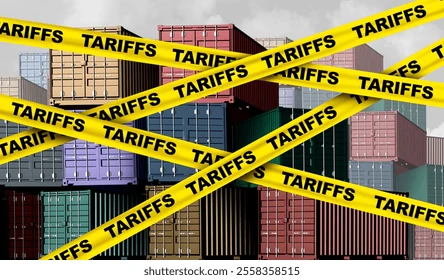Acuity Partners
Specialists in Alternative Investments
For over 20 years, we have effectively allocated capital across diverse asset classes. With deep expertise in multifamily real estate, venture capital, and pre-IPO opportunities, we specialize in identifying and providing access to top-tier alternative investments.
By leveraging our extensive network and resources, we deliver customized investment solutions designed to meet your unique needs. Alternative investments can be seamlessly integrated into a variety of investment strategies and risk profiles, providing flexible options to build a portfolio tailored to your goals.
Whether you’re looking to diversify away from traditional equities and bonds or seek new sources of returns, alternatives can help mitigate stock market volatility, hedge against inflation, and achieve superior performance. Private equity and venture capital aim to deliver higher returns than publicly traded equities, while real assets, like multifamily apartments, offer inflation protection, steady cash flow, and significant tax advantages.

Multifamily Real Estate
Our core strategy involves acquiring multifamily apartment properties that will benefit from a well-executed "value-add" business plan. These investments provide our investors with passive income, significant tax advantages, and meaningful capital appreciation.
Venture Capital
Investing in early-stage venture capital offers the potential for significantly higher returns than traditional investments due to the exponential growth potential of young companies. This strategy allows investors to capture a larger share of a company's value at a lower valuation while providing the opportunity to help shape innovative ideas and support disruptive technologies in emerging markets.
Pre IPO
Leveraging decades of industry relationships, we have developed a platform that provides investors access to shares in some of the most dynamic, high-growth private companies. Investing prior to an IPO offers the potential for significant returns as valuations increase due to the rapid growth these companies experience leading up to their public offerings.
Some of our Pre-IPOs and Venture Capital Companies






















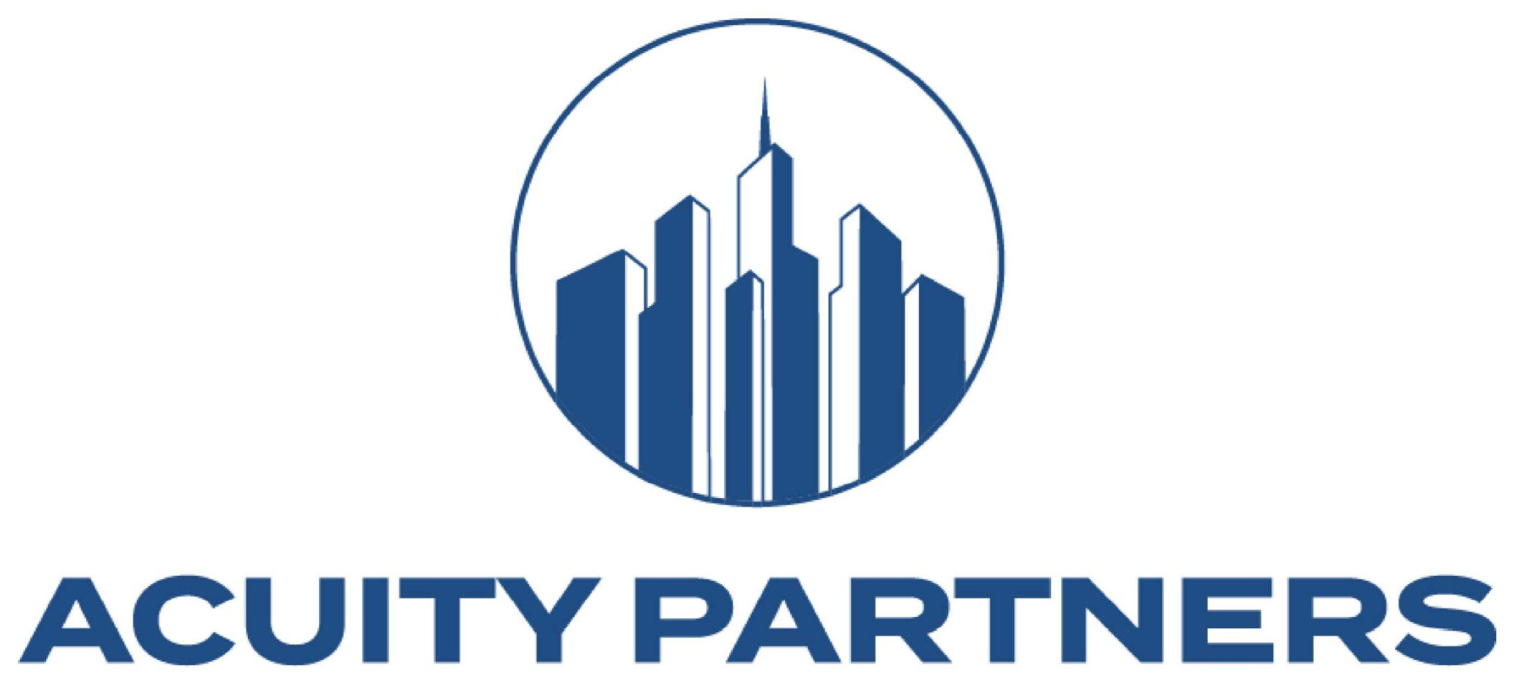
About Acuity Partners
Our Firm
Acuity Partners is a privately held Alternative Investment firm, offering proprietary deal flow across a wide range of alternative assets.
Our Team
Acuity Partners has a team of accomplished professionals and advisors who bring a high level of expertise to all facets of our investment process.
Stay Informed!
Keep up to date on news affecting the real estate, pre-IPO, and venture markets, as well as news specific to our investments.
Our Property Portfolio
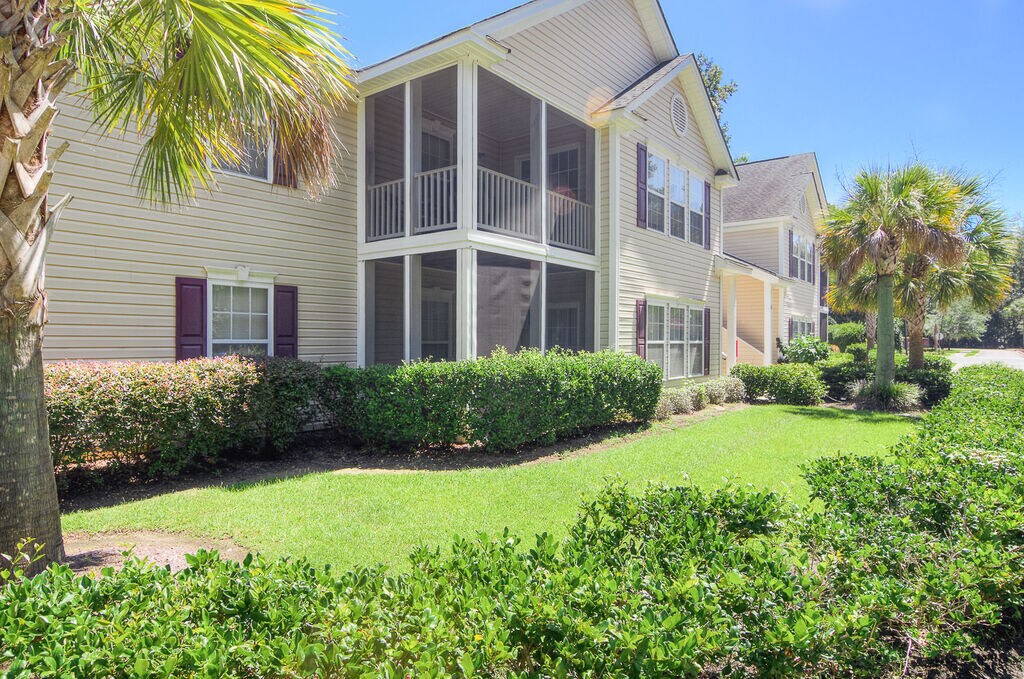
HADDON HALL - CHARLESTON, SC
Purchase Date: April 2023 – $16,100,000
Units: 112
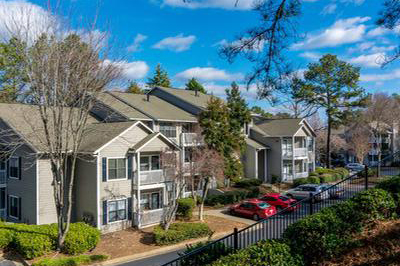
VININGS APARTMENTS - ATLANTA, GA
Purchase Date: December 2020 – $16,000,000
Property Class: B+, Units: 106
Press Release: Acuity Partners adds 106-unit Property to its Portfolio
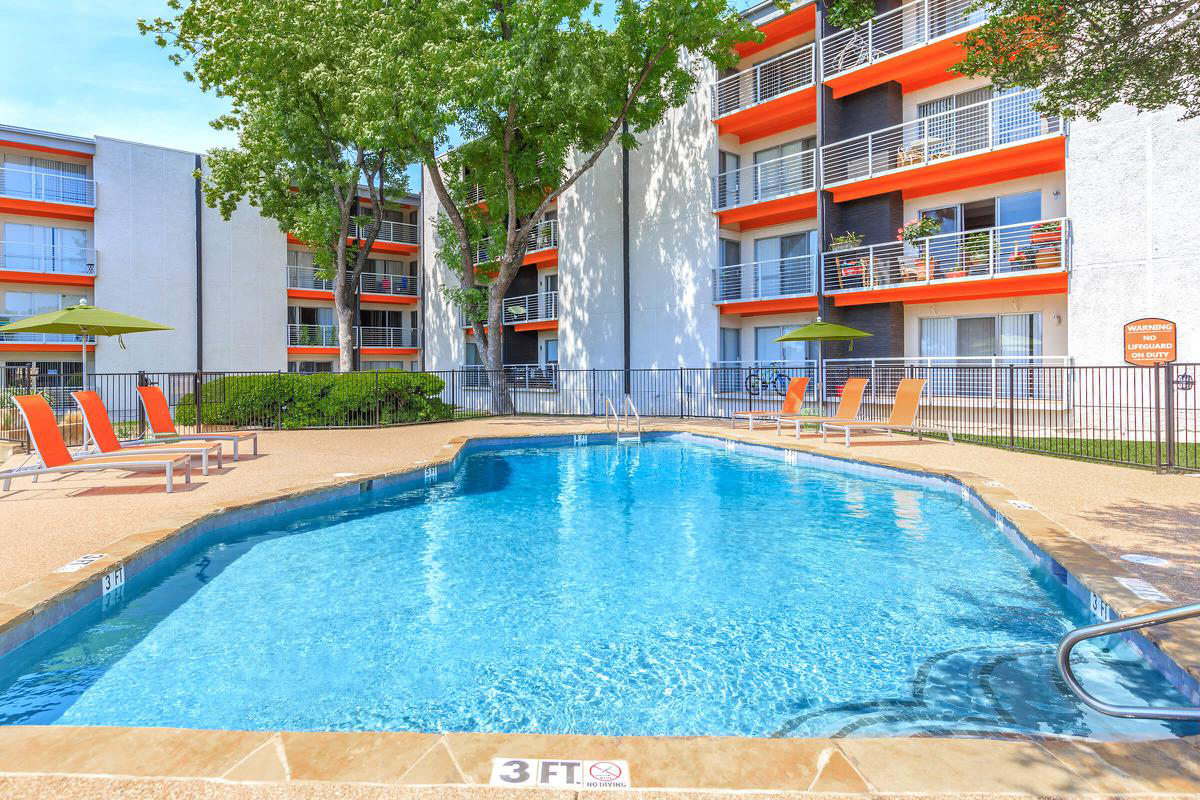
THE PEARL AT MIDTOWN- DALLAS, TX
Purchase Date: October 2021 – $21,400,000
Property Class: B+, Units: 213
Press Release: Acuity Partners, Electra Capital and Avid Realty, Acquire 2nd Multifamily Property in Texas
Learn the benefits of adding commercial real estate to your overall asset allocation.







